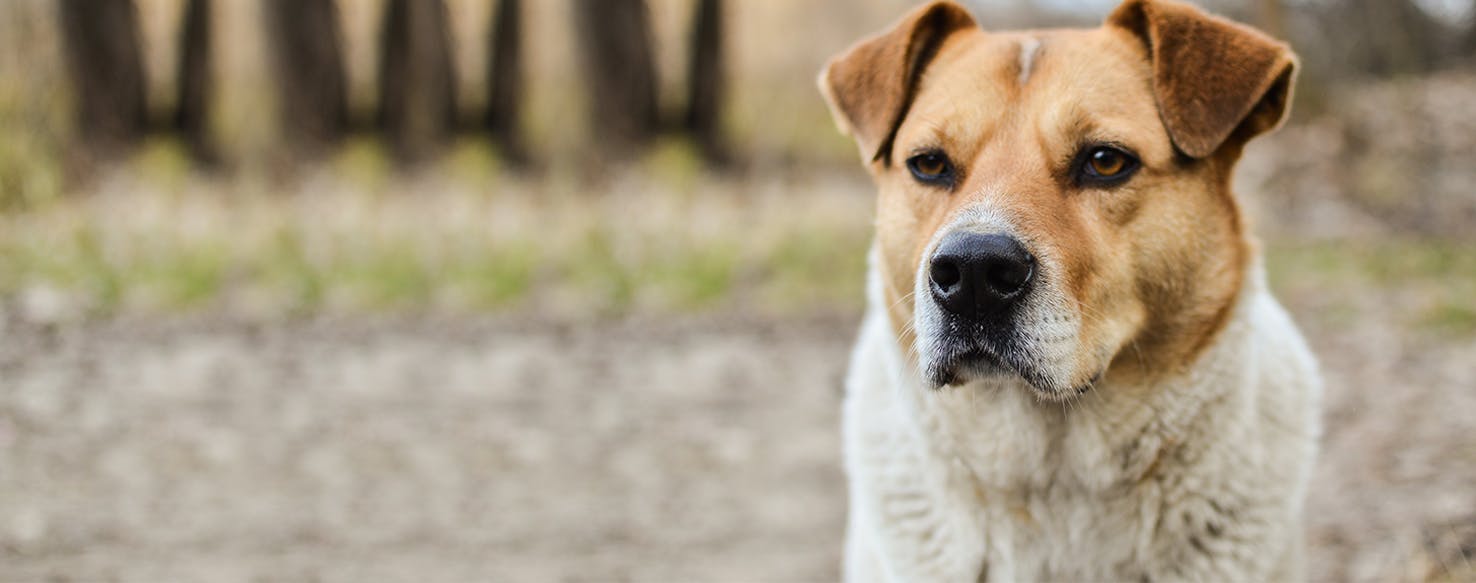Cerebrospinal fluid is located in the space surrounding your dog's brain and the spinal cord. If your dog has been diagnosed with brain disorders, seizures, epilepsy, dementia, or other brain or neurological disorders, your veterinarian may request to do a cerebrospinal fluid tap. This tap is usually requested after other diagnostic tools such as a CT scan and an MRI have already been performed. Typically, if those tests have uncovered abnormal cells or activity within your dog's central nervous system including bleeding, potential tumors, viral or bacterial infection, or inflammation, your veterinarian may request a cerebrospinal fluid tap to do further diagnostic testing.
What You Need to Know About Cerebrospinal Fluid Tap
Your dog will need to be under general anesthesia to perform the tap. Once your dog is under and the surgical team is ready, the cerebrospinal fluid, or CSF, will be collected through the back of your dog's neck or from their lower back. Unlike a CBC test, or complete blood count, the cerebrospinal fluid contains few cells and very little protein. Neurological diseases can cause significant changes in the cerebrospinal fluid, making diagnosing these conditions and diseases simpler with this test than with a more common complete blood count.
Risks With the Procedure
There are some risks with collecting cerebrospinal fluid tap samples. Before performing this sort of spinal tap, your veterinarian will want to assess the general health of your dog to ensure they are healthy enough to undergo anesthesia. A biochemistry profile, a urinalysis, and a complete blood count may be performed to ensure the overall health of your dog before the CSF collection. Risks are typically associated with the use of general anesthesia. Because your dog will be under general anesthesia, they will also have a trachea tube or breathing tube, which may cause pain and discomfort after the fluid tap is complete. Risk of any spinal cord collection can include potential brain herniation if the pressure in the central nervous system has increased, the possibility of introducing bacteria, and damage to the spinal cord. However, with a well-trained veterinary staff, all of these risks are minimized with careful attention and evaluation through proper process and procedure training by your veterinarian and the veterinary team.
What Happens After the CSF Sample is Taken
Your veterinary team will want to process the CSF sample within an hour of collection because these spinal cells will begin to deteriorate rather quickly. A veterinary pathologist will be responsible for evaluating the cerebrospinal fluid and counting all of the necessary cell counts such as nucleated cell count, red blood cell count, protein counts, and a concentration of cells within the sample provided. The CSF sample does not always tell veterinarians specific details about the diagnosis, but will often become evidence to support a neurological diagnosis. If abnormal cells are found, such as bacterial or fungal infection or tumor cells, those will be seen in the CSF sample.
Understanding the Procedure
Cerebrospinal fluid tap will not always be necessary when your dog is ill. Many times, your veterinarian will be able to diagnose even the most severe of diseases through x-rays, MRI or CT scans, blood work, biopsies, and other procedures. Only if the diagnosis is potentially neurologically-related or with particular cell damage conditions will your veterinarian request a CSF tap. Before consenting to a CSF tap, be sure to talk to your veterinarian about all the options available, potential diagnosis, as well as treatment for whatever issues and conditions your veterinarian may discover through the tap.


